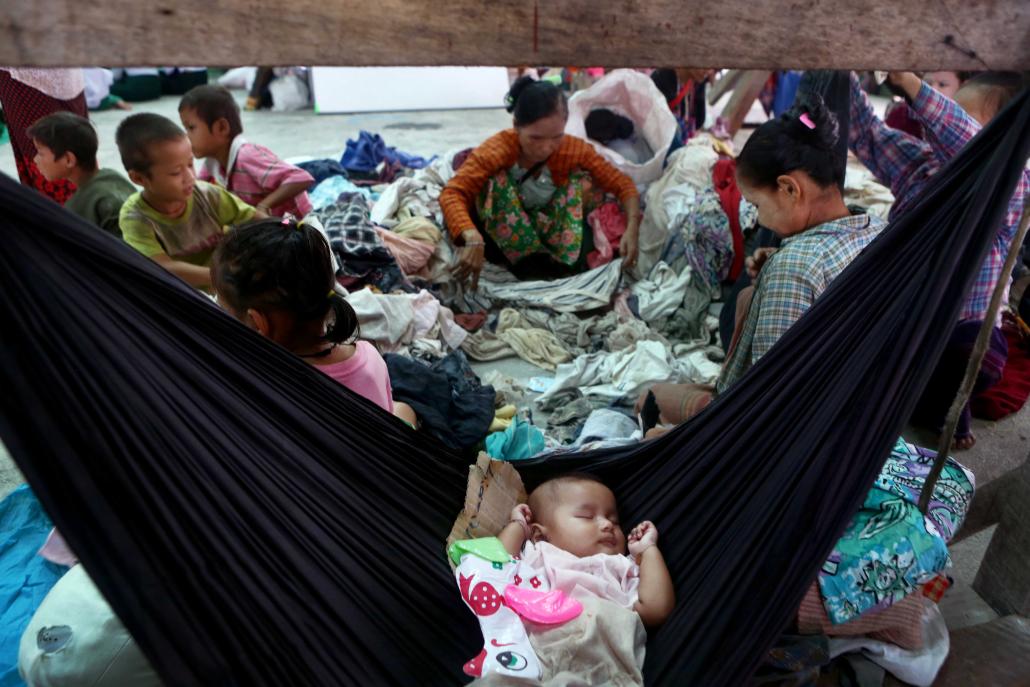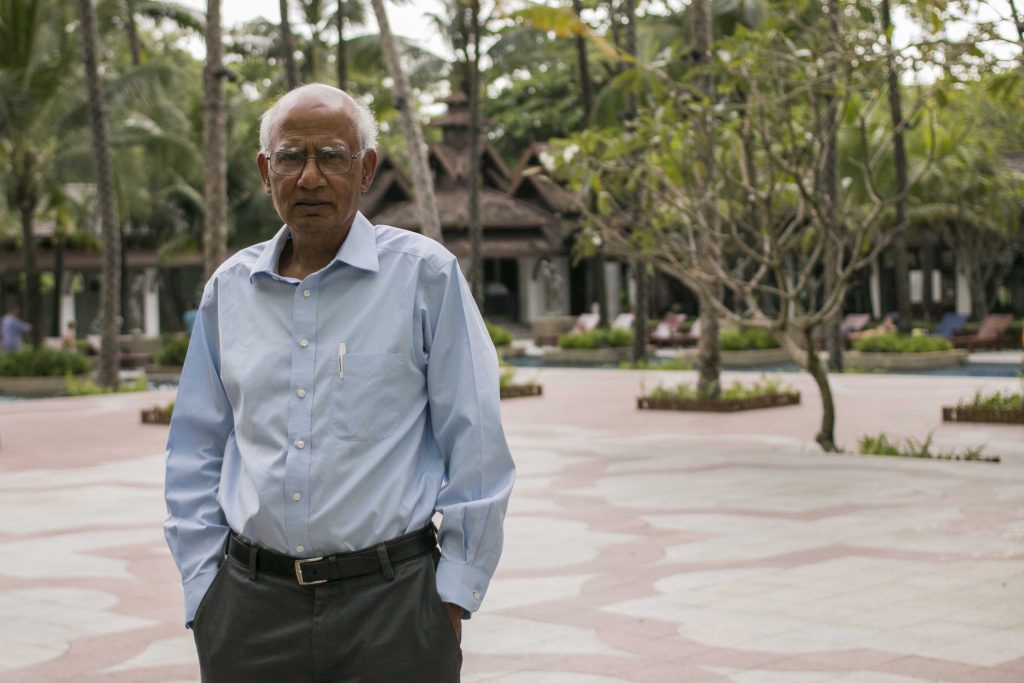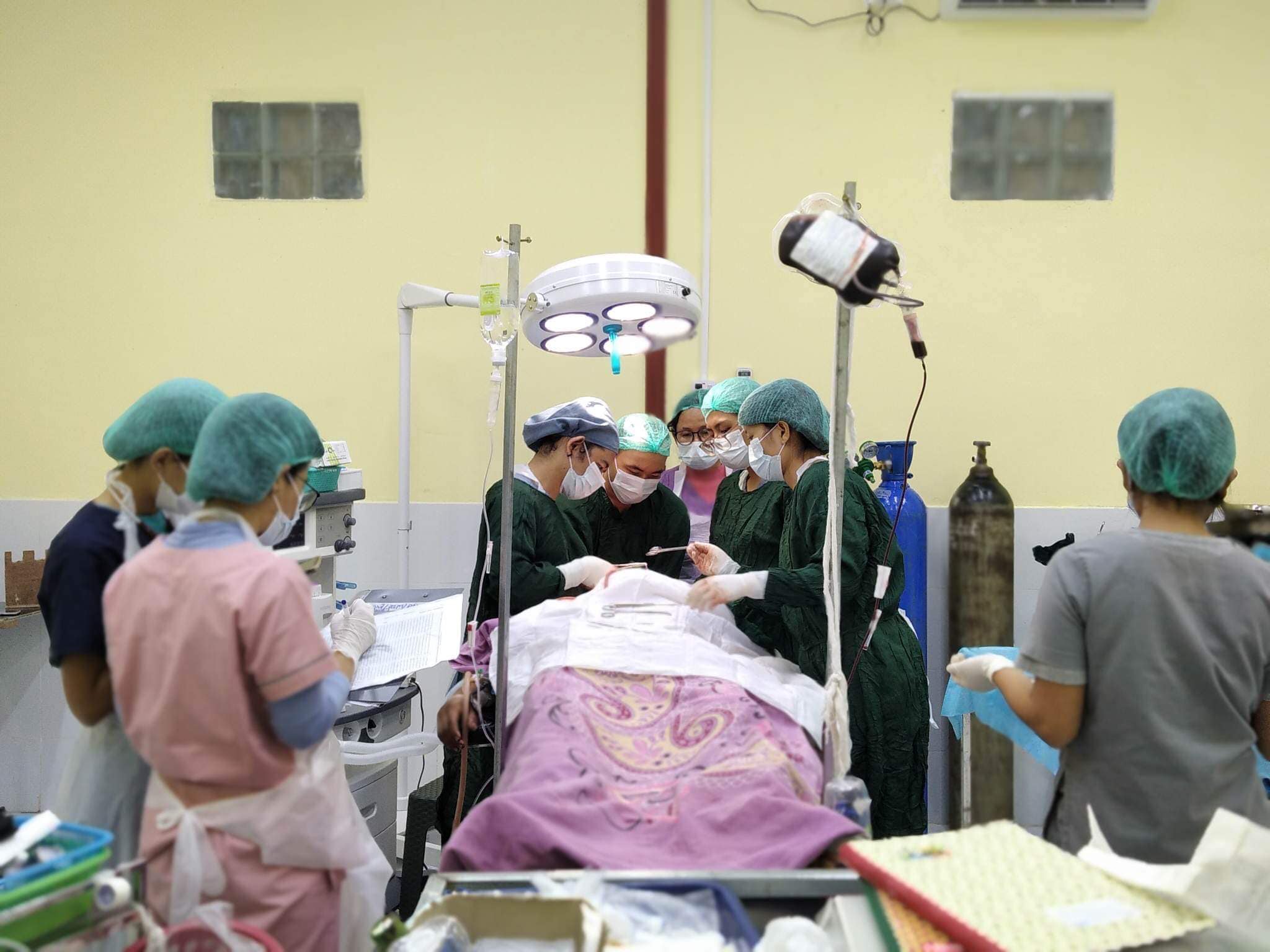Diarrhoea is one of the leading causes of child death globally, and rotavirus is the most common cause of diarrhoea mortality. In Myanmar, the disease accounts for more than half of all diarrhoea cases. Dr Mathuram Santosham, a specialist who has spent more than 40 years working on the illness, speaks to Frontier’s Oliver Slow about the need for access to vaccinations to help prevent children from catching the illness.
Could you talk a bit about the issue of rotavirus and why it is such a problem?
I’ve been working on rotavirus now for over 40 years. When it was discovered in 1973, there were about 20 million child deaths per year, of which about 5 million were from diarrhoea. It was the case that a child died every six seconds from diarrhoea.
Measures such as rehydration salts have helped the diarrhoea mortality go down to about 500,000 per year. It’s still huge, but it’s 10 times less than what it was.
At first we didn’t really know what was causing diarrhoea, but then in 1973 Dr Ruth Bishop discovered rotavirus and there was a much better understanding. After that, people started looking for it around the world. Depending on which part of the world you are in, between 30 to 50 percent of diarrhoea is caused by rotavirus. In Myanmar it’s about 50 percent.
And roughly what percentage of those who contract it die?
It varies from country to country, but if you’re in the western world where you have good access to medical care, hardly any children die from diarrhoea. In Myanmar, in somewhere like Yangon, the mortality is very low. But if you go to rural areas, and particularly where there are displaced populations, the mortality is quite high.
It’s something that affects every child. In fact it’s very unusual for a child not to be infected. The risk also goes up for the elderly because they lose immunity just like children.
What has been the purpose of this trip?
This is my first trip to Myanmar, and what we do is try and help countries to better understand this disease and help them make an informed decision with regards to vaccinations, which are the best protection against rotavirus.
United Nations agencies, foundations, manufacturers, and aid agencies started an organisation called GAVI because they recognised that just having vaccines on the market isn’t enough. Many countries just do not have the money. So the idea behind Gavi is that countries put money into it, and provide seed funding to countries like Myanmar who can’t necessarily afford it. Then over time once their economic status improves, they’re expected to pick up the cost themselves. Of course it’s not something that happens overnight.

In Myanmar, rotavirus causes at least half of the cases of diarrhoea in children under five. (AFP)
So one of the things we do is speak with paediatricians and make sure they’re well informed about this disease.
If a child contracts diarrhoea, then it’s very easy for them to lose water quickly and become severely dehydrated. And once a child is severely dehydrated, if you don’t immediately protect them, then that child will die.
Are there any specific challenges you see with regards to Southeast Asia?
It’s interesting. Asia tends to be much slower when it comes to adopting new vaccines.
There is generally a feeling in Asia that they want their own data before action is taken, and many of these places do not have good surveillance systems. And if they don’t have the right data, then it’s difficult to make the right decisions.
Given all the attention on other diseases – we see the attention H1N1 is getting at the moment – how much of a challenge is it to get governments to pay attention to something like rotavirus?
Diseases like diarrhoea are always a difficult sell. You’re up against many different diseases and it’s constantly an uphill battle.
One thing that’s important is that people often ask why use a vaccine when diarrhoea mortality is coming down any way. Of course, if you wait long enough and things like water and sanitation are improving, eventually it will come down. But in the meantime many children are dying.
And to add to that, we met with paediatricians from the Yangon Children’s Hospital and they told us that diarrhoea is the third biggest cause of admissions that they see there. So when the frontline workers see the connection, and they have a relationship with the government and that voice is head and listened to, that connection of helping governments to create evidence-based policies move forward.
TOP PHOTO: Nyein Su Wai Kyaw Soe | Frontier







